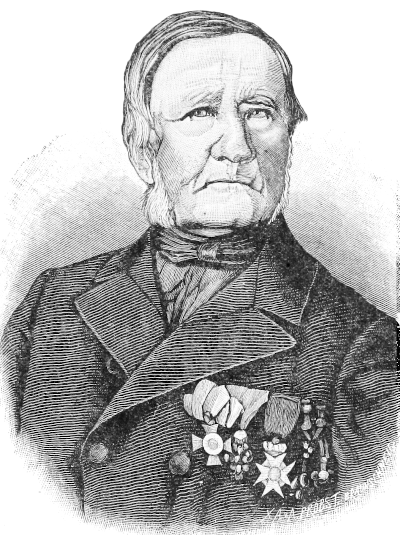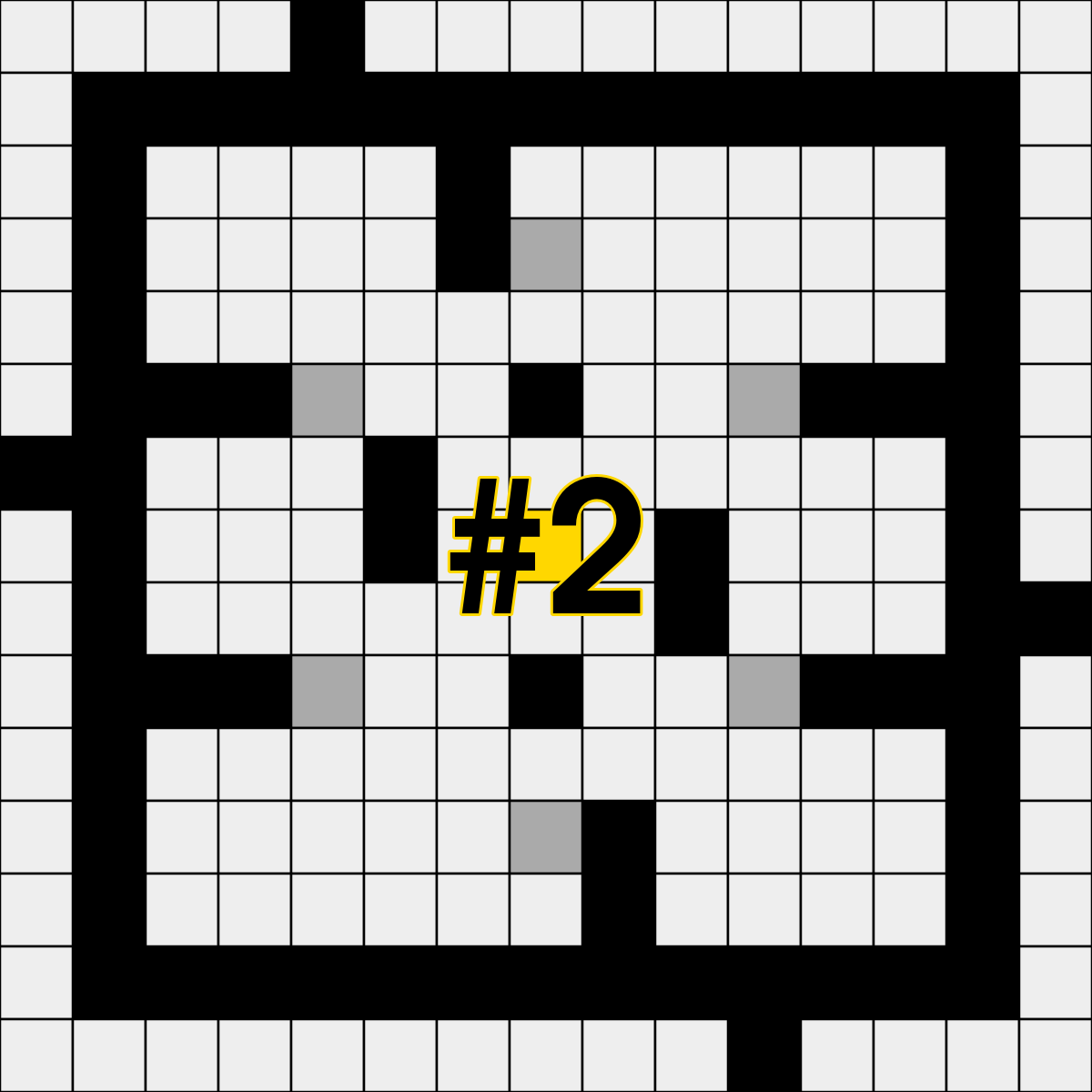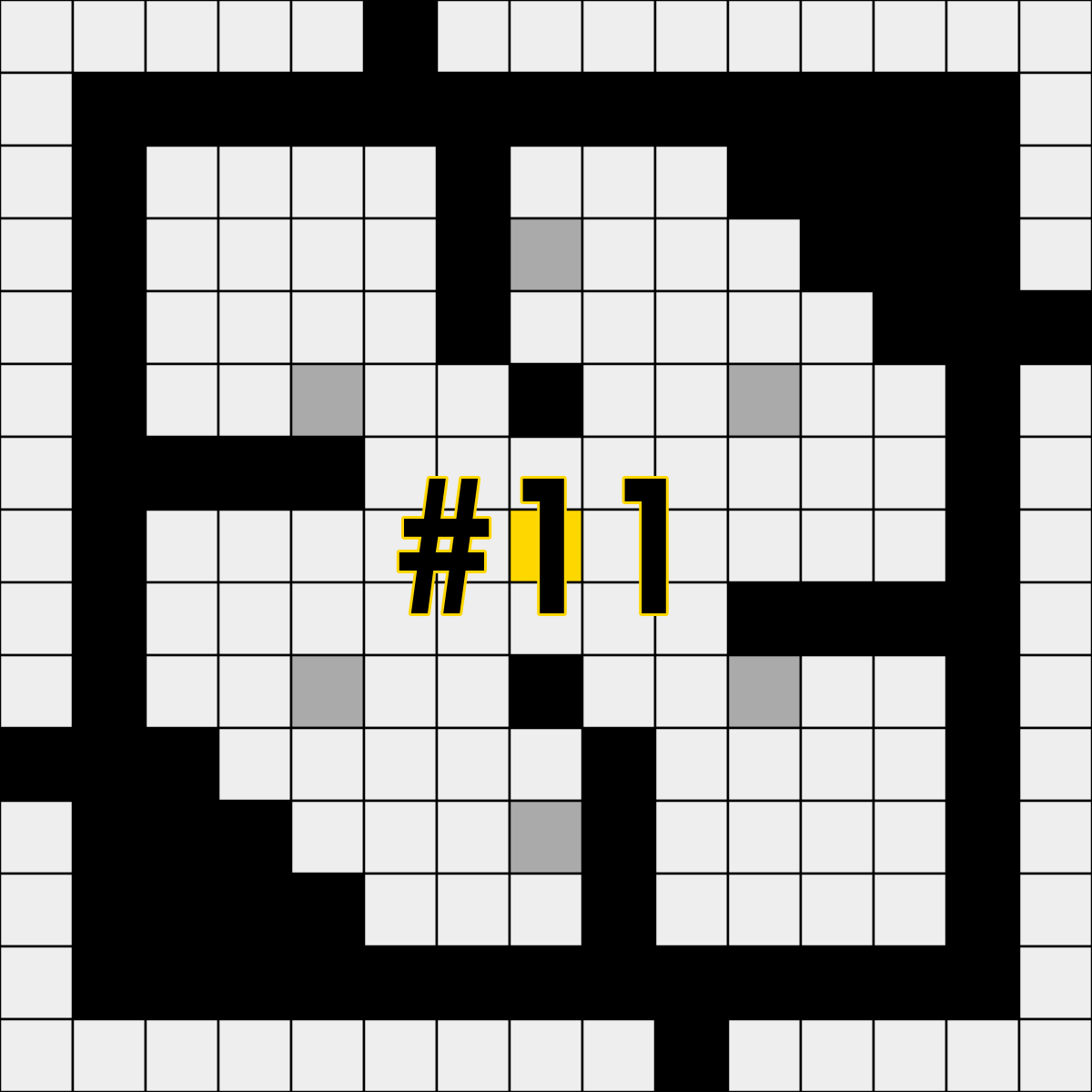Thank you for your interest in “Toward A New Understanding of The Honeypot Puzzle Fragments,” a new print zine of 12 crossword puzzles by Parker Higgins and Ross Trudeau on the cutting edge of research into the beloved and enigmatic archaeological artifacts.
The zine was made possible by 482 backers on Kickstarter and is now available for purchase online.
On this page you’ll find historical data on the Honeypot Puzzle Fragments, biographical information on their discoverer, and solutions to the puzzle restoration project.
The Honeypot Puzzles
The Honeypot Puzzles were written between 1787-1793, likely in England, authorship unknown.
They first appeared in the public record in the captain’s log aboard the British warship Agamemnon in the possession of Horatio Lord Nelson, who as part of his Mediterranean campaign arrived in allied Naples in 1793. The puzzles are noted in the diary of Emma, Lady Hamilton, who began a correspondence–and later a geopolitically fraught romantic entanglement–with Lord Nelson. The puzzles, it seems, remained with Emma for several years, with the knowledge of her husband, British ambassador to the Neapolitan court, and collector of antiquities Lord William Hamilton.
Continue reading about the Honeypot Puzzles.
Years later, in 1798, the newly-promoted Admiral Nelson was charged with the destruction of the French armada, which he pursued as far as the coast of Alexandria, emerging victorious in the decisive Battle of the Nile. He returned to the friendly port of Naples to a hero’s welcome by the Neapolitan court, Lord and Lady Hamilton among them. It is theorized, based on the existence of near-redundant recovered copies that differed only in puzzle placement on the parchment, that the devoted Lady Emma had prepared certain of the puzzles with formatting that would allow the Admiral—having famously lost most of his right arm at the Battle of Santa Cruz de Tenerife in 1797—to continue solving the puzzles with his left hand upon his return.
It was during the subsequent evacuation of the Neapolitan royal family—following their retreat from Rome in the face of French resistance—that the puzzles appear to have been variously damaged. Contemporaneous correspondences suggest that the puzzles had been stored for transportation in one of Lord Hamilton’s famous Greek vases, excavated from the ruins of Pompeii and added to his personal collection of antiquities. However, in the confusion of the hasty evacuation to Lord Nelson’s fleet at anchor in the port, several vases appear to have been diverted and lost, including the vase or vases that contained the puzzles’ original clues. How the vase containing the Puzzles themselves, which vase is distinctive for its beekeeper and honey bees motif, made its way back to the slopes of Mount Vesuvius—buried in the field where the archeologist Dr. Howard Box subsequently unearthed it in 1891—remains a matter of speculation. Not in dispute is Dr. Box’s infamously unlettered description of the vase, which description stuck, so to speak, and is the basis of the name by which we now know its contents: the Honeypot Puzzle Fragments.
While we do have Dr. Box to thank for the recovery of the puzzles themselves, much of what’s known about the puzzles’ origins is credited to twentieth century scholarship, which disproved many of his contemporaneous conclusions, including his demonstrably false assertion that Thomas Paine—an answer word in one of the better-preserved examples—was in fact the puzzles’ author.
That the puzzles when they were recovered were so fragmented—with entire chunks missing—was a key reason that the relationship between 7 key interior letters and the perimeter answer slots wasn’t discovered until recent computer analysis by Parker Higgins and Ross Trudeau.
Dr. Howard Box

Dr. Howard Box was born 1841 in Atlanta, Georgia, the only son of cotton magnate Mr. Hiram Box and Mrs. Penelope Box (née Atchison) of Peachtree Creek, Georgia. The Boxes relocated to Rhode Island after the American Civil War, retiring from the cotton industry and establishing themselves as Gilded Age socialites and patrons of the arts and the academy.
Howard attended Yale University between 1860-1864, earning a degree in Classical Languages. School records show that he was the treasurer of the campus Democrats (1863), and the co-chair of the Gen. George McClellan for President Campus Committee (1864).
Continue reading about Dr. Box.
Inspired by the discovery of ancient Knossos by amateur archaeologist Minos Kalokairinos in 1877, Howard moved to London and launched a series of dubious expeditions in Italy, Greece, Asia Minor, and North Africa, making no major discoveries and losing his right foot to an infection while in Fes.
In 1891, Dr. Box mistranslated Vulgar Latin graffiti during a visit to the archaeological site of Pompeii and began a large-scale dig—funded by his parents—at a previously unexamined site in a field below Mount Vesuvius. His team unearthed Grecian urns buried just a few decades prior by agents of Lord William Hamilton, the British ambassador to Naples. Later research by Dr. Box’s assistants revealed that they were likely hidden there in an attempt to hide his collection of antiquities in the midst of a hurried evacuation of the Neapolitan court in the face of Napoleon’s advancing armies.
On the slopes of Mount Vesuvius, Dr. Box misidentified the Grecian urns as Roman, and dismissed their cultural significance. A research assistant’s diary quotes Dr. Box as dismissing the bee-and-beekeeper motif vase eventually found to contain proto-crossword fragments as “a trifling honeypot.” This line, perhaps apocryphal, is the origin of the puzzles’ common name, The Honeypot Puzzle Fragments.
In the years after this discovering, Dr. Box gained some international notoriety after his research assistants published a paper discussing the puzzles in his name. Their paper correctly traced the puzzles’ ownership back through the hands of none other than the famous British admiral Horatio Lord Nelson.
Eventually Dr. Box’s reputation suffered beyond repair on the heels of several dubious academic overreaches, including a demonstrably false assertion that Thomas Paine, whose name appears in one of the puzzles, was in fact the author of the puzzles.
Dr Box died in 1911 at the family estate in Rhode Island, survived by neither spouse nor child.
Puzzle solutions
Click on a puzzle to reveal its solution.












